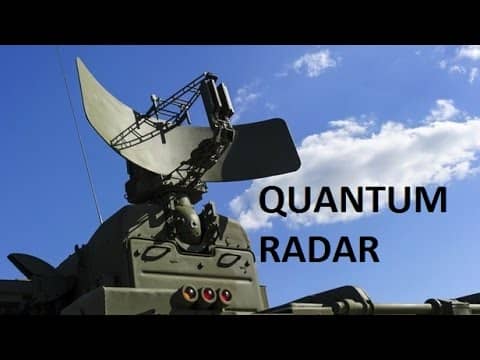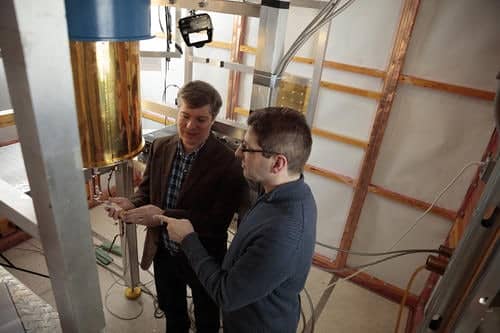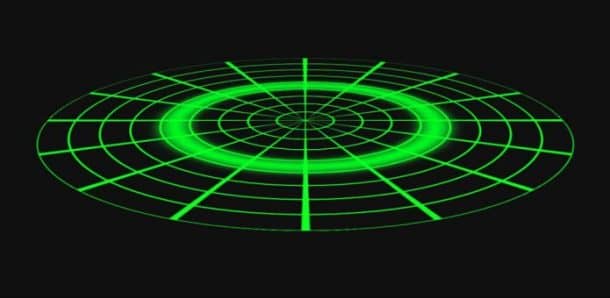Stealth technology has been very useful in carrying out secret missions but it might not be of much use in the future. A $$2.7 million project by the Canadian Department of National Defence to develop a new quantum radar will put an end to stealth technology.
The project was led by Jonathan Baugh at the University of Waterloo’s Institute for Quantum Computing (IQC). It uses the quantum entanglement phenomenon to eliminate heavy background noise. This will be able to defeat stealth anti-radar technologies to detect the oncoming aircraft and missiles.
The race to develop high stealth vehicles and weapons has been going on since the second world war. The modern-day aircraft have are so advanced that they have been successful in minimizing their radar profile to that of a small bird if they are detected at all.

The stealth is complimented by modern radar jamming technologies as well as natural phenomena. The reason Canada is working on the new quantum radar is not only because it would be at the frontier if any attacks were directed towards the west, but it lies in a region which is extremely hostile to conventional radar.
“In the Arctic, space weather such as geomagnetic storms and solar flares interfere with radar operation and make the effective identification of objects more challenging,” says Baugh. “By moving from traditional radar to quantum radar, we hope to not only cut through this noise but also to identify objects that have been specifically designed to avoid detection.”

One problem faced by all conventional radars in the radio communications and detection, which is the signal to noise ratio. If there is too much random noise mixed up then you can’t detect the signal efficiently no matter how much you turn the volume up. You hear too much noise.
Quantum radar does not face this issue and gets around it using quantum illumination to filter out the noise by making the outgoing photons that make the radar signal identifiable. This is done by the quantum entanglement mentioned above.
When two photons are generated or are forced to interact in a way that links their properties is when this phenomenon occurs. When this takes place and if you can determine the position, momentum, spin, or polarization of one photon, you can get an idea about the second one.

When you shoot one photon out of the radar dish and retain its pair, it is possible to filter out unpaired photons from the returning beam. This eliminates background noise and electronic jamming. This results in a clear radar image and allows you to detect even the most advanced stealth craft.
“This project will allow us to develop the technology to help move quantum radar from the lab to the field,” says Baugh. “It could change the way we think about national security.” It is currently confined to the laboratory but is hoped to replace the North American Aerospace Defense Command’s (NORAD) current 54 North Warning System (NWS) radar stations in the Arctic soon.


